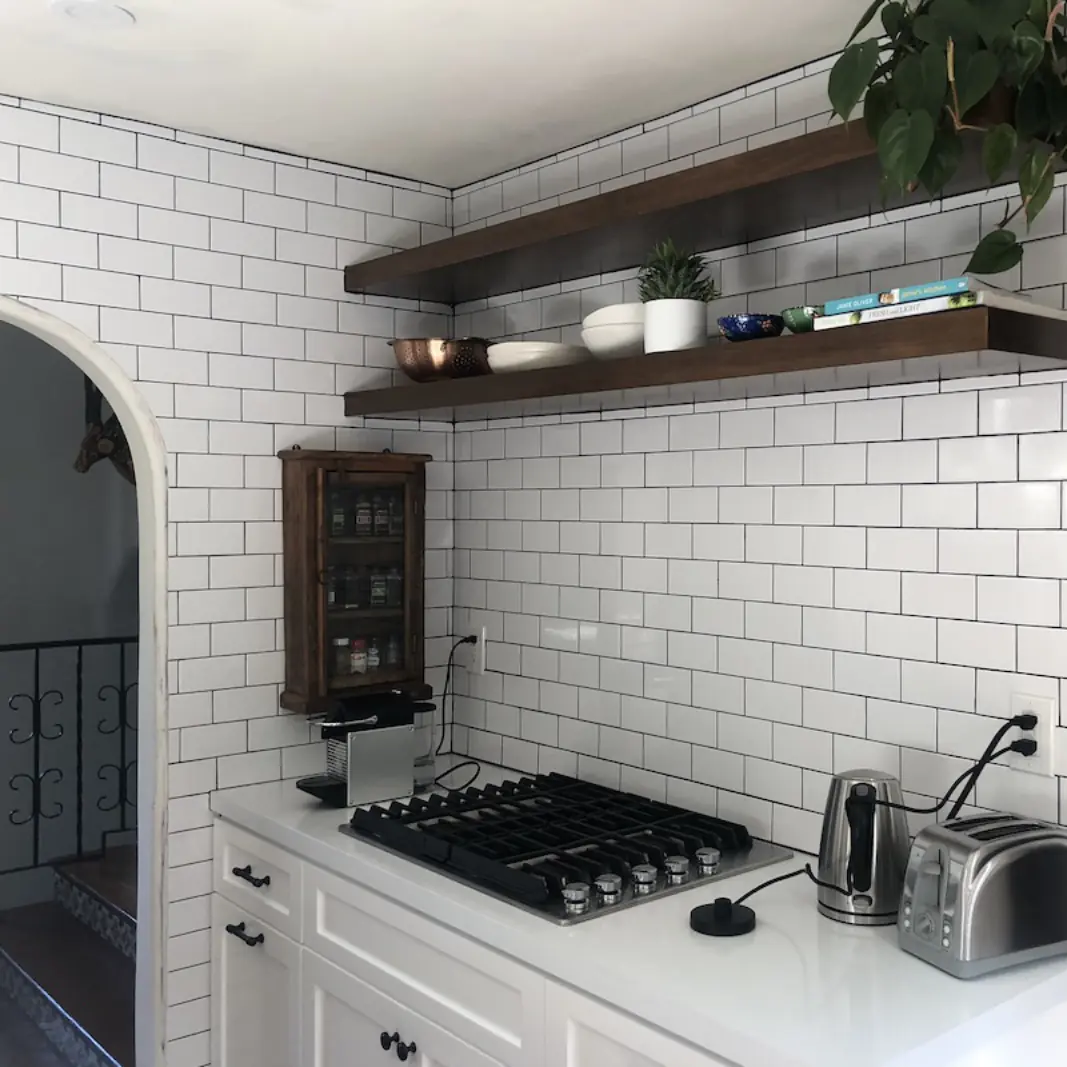How Much Does Interior Remodeling Cost?
Embarking on an interior remodeling project is an exciting yet complex endeavor. Whether you’re revamping your kitchen, updating a bathroom, or giving your living room a fresh look, understanding the costs and timelines involved is crucial for successful planning and execution.
CONTACT US

Factors Influencing Interior Remodeling Costs
When determining interior renovation costs, several key factors come into play. Understanding these variables can help you better anticipate expenses and plan your budget accordingly.
Size of the Space
The overall square footage of the area being remodeled significantly impacts costs. Larger spaces generally require more materials and labor, leading to higher expenses.
Scope of Work
Minor vs. Major Remodels: Minor remodels might include simple updates like painting or new fixtures, whereas major remodels could involve structural changes or complete overhauls.
Structural Changes vs. Cosmetic Updates: Projects that require altering the layout (e.g., knocking down walls) are typically more expensive than those focused on cosmetic improvements like flooring or cabinetry.
Material Choices
Standard Materials vs. Premium Options: The quality and type of materials you choose will greatly affect your budget. Standard options tend to be more affordable, while premium choices offer higher durability and aesthetic appeal but at a steeper price.
Labor Costs
Skilled professionals may charge varying rates depending on their expertise level; electricians/plumbers often have different fees compared with general contractors/carpenters.
Geographical Location
Costs often vary across regions due to local market conditions/availability of resources.
Customization Level
Bespoke designs/custom-built features increase complexity, thus raising the overall expenditure.
Average Cost Ranges by Room Type
Understanding the typical cost ranges for remodeling different rooms in your home can provide a clearer picture of what to expect financially. Here, we break down average costs based on various room types to help you budget more effectively.
Kitchen Remodeling
Kitchens are often one of the most expensive areas to remodel due to their complexity and high usage.
Basic Remodel: $15,000+ – Includes updates like new countertops, cabinet refacing, and basic appliance upgrades.
Mid-Range Remodel: $26,000 – $50,000 – Involves semi-custom cabinetry, upgraded appliances, new flooring, and minor layout changes.
High-End Remodel:$51K–100k+ – Comprehensive redesigns including luxury materials, custom-built elements, and state-of-the-art technology.
Bathroom Renovation
Bathrooms typically entail plumbing/electrical work, adding layers of expenses.
Basic: $7k+ – Simple fixtures/finishes, replacements, minor tiling tasks
Mid-range:$15K–25K – Upgraded vanities/shower systems, modernized features
High-end:$25 K + – Total overhaul: spa-like experience, luxurious amenities
Living Room Update
Living spaces vary widely depending on scope and personal preferences. Minor refreshes start around $2000, while extensive transformations could exceed 30k+. Elements affecting cost include:
Paint jobs: new paint coats range from $300 to $2500
Flooring options range from $500 to upwards of $10k (hardwood installation)
Built-in shelving/custom furniture may increase costs significantly.
Bedroom Transformation
Updating bedrooms similarly depends on the extent of modifications required/personal taste. Costs usually fall within the following brackets:
Minimal adjustments involving repaintings/new carpeting (approx.$1500);
Moderate revamps comprising fitted wardrobes/en-suite bathrooms ($5-$20+k).
Major overhauls potentially surpass $40k if they encompass sophisticated designs, bespoke furnishings, and integrated tech solutions.
Hidden Costs to Consider
While planning for an interior remodeling project, it’s essential to account for potential hidden costs that may arise. These unexpected expenses can significantly impact your budget if not anticipated in advance.
Permits and Inspections
Depending on the scope of your remodel, you might need various permits from local authorities.
Fees for these permits can vary widely based on location and complexity.
Additionally, inspections are often required at different stages of the project to ensure compliance with building codes, adding further costs.
Unexpected Repairs
Plumbing Issues: Discovering outdated or damaged plumbing during a renovation can lead to unplanned repairs or replacements.
Electrical Problems: Similarly, old wiring might need updating to meet current safety standards.
Structural Concerns: Unforeseen structural deficiencies such as rot, mold, or foundational cracks necessitate immediate attention, increasing overall expenditure.
Asbestos/Lead Removal
Homes built before certain years (e.g., 1980) potentially contain hazardous materials such as asbestos or lead, requiring specialized removal services.
Design Changes Mid-Project
Alterations to initial plans mid-way through construction invariably incur extra labor/material charges.
Temporary Living Arrangements
Extensive projects rendering parts of the house unusable mean arranging alternative accommodations, impacting household budgets.
Shipping Delays:
Supply chain disruptions and material delivery setbacks stall progress, leading to extended timelines and consequently inflating the final bill.
Post-Remodel Cleaning & Disposal
Post-construction cleanup professional services (disposal of debris/waste) entail additional fees.
Trust The Experts
By keeping these hidden costs in mind when budgeting, Vertical Contracting ensures minimizing surprises and maintaining financial control throughout the entire process achieving a successful, hassle-free transformation of your envisioned space.
If you’re wondering what else you should consider before remodeling, including how to get the most value, how long it will take, and costs, we’ve got you covered.